The Hartford 2012 Annual Report Download - page 121
Download and view the complete annual report
Please find page 121 of the 2012 The Hartford annual report below. You can navigate through the pages in the report by either clicking on the pages listed below, or by using the keyword search tool below to find specific information within the annual report.-
 1
1 -
 2
2 -
 3
3 -
 4
4 -
 5
5 -
 6
6 -
 7
7 -
 8
8 -
 9
9 -
 10
10 -
 11
11 -
 12
12 -
 13
13 -
 14
14 -
 15
15 -
 16
16 -
 17
17 -
 18
18 -
 19
19 -
 20
20 -
 21
21 -
 22
22 -
 23
23 -
 24
24 -
 25
25 -
 26
26 -
 27
27 -
 28
28 -
 29
29 -
 30
30 -
 31
31 -
 32
32 -
 33
33 -
 34
34 -
 35
35 -
 36
36 -
 37
37 -
 38
38 -
 39
39 -
 40
40 -
 41
41 -
 42
42 -
 43
43 -
 44
44 -
 45
45 -
 46
46 -
 47
47 -
 48
48 -
 49
49 -
 50
50 -
 51
51 -
 52
52 -
 53
53 -
 54
54 -
 55
55 -
 56
56 -
 57
57 -
 58
58 -
 59
59 -
 60
60 -
 61
61 -
 62
62 -
 63
63 -
 64
64 -
 65
65 -
 66
66 -
 67
67 -
 68
68 -
 69
69 -
 70
70 -
 71
71 -
 72
72 -
 73
73 -
 74
74 -
 75
75 -
 76
76 -
 77
77 -
 78
78 -
 79
79 -
 80
80 -
 81
81 -
 82
82 -
 83
83 -
 84
84 -
 85
85 -
 86
86 -
 87
87 -
 88
88 -
 89
89 -
 90
90 -
 91
91 -
 92
92 -
 93
93 -
 94
94 -
 95
95 -
 96
96 -
 97
97 -
 98
98 -
 99
99 -
 100
100 -
 101
101 -
 102
102 -
 103
103 -
 104
104 -
 105
105 -
 106
106 -
 107
107 -
 108
108 -
 109
109 -
 110
110 -
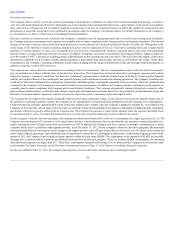 111
111 -
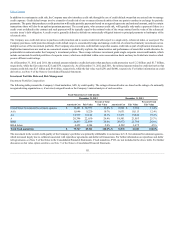 112
112 -
 113
113 -
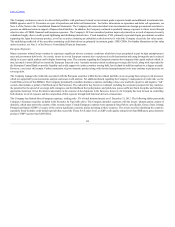 114
114 -
 115
115 -
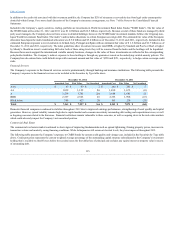 116
116 -
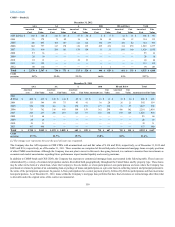 117
117 -
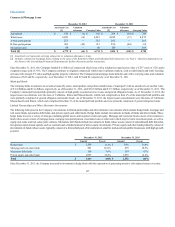 118
118 -
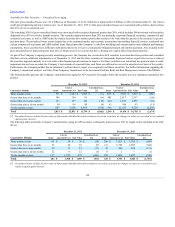 119
119 -
 120
120 -
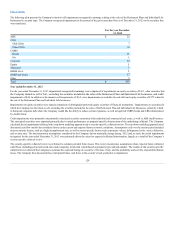 121
121 -
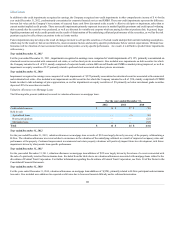 122
122 -
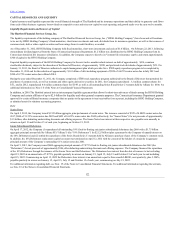 123
123 -
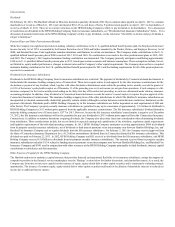 124
124 -
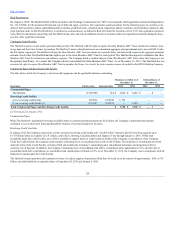 125
125 -
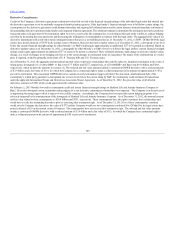 126
126 -
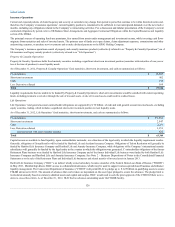 127
127 -
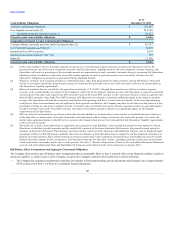 128
128 -
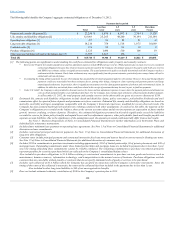 129
129 -
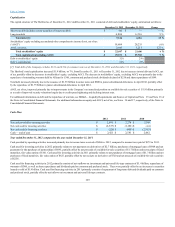 130
130 -
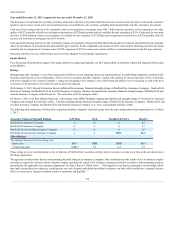 131
131 -
 132
132 -
 133
133 -
 134
134 -
 135
135 -
 136
136 -
 137
137 -
 138
138 -
 139
139 -
 140
140 -
 141
141 -
 142
142 -
 143
143 -
 144
144 -
 145
145 -
 146
146 -
 147
147 -
 148
148 -
 149
149 -
 150
150 -
 151
151 -
 152
152 -
 153
153 -
 154
154 -
 155
155 -
 156
156 -
 157
157 -
 158
158 -
 159
159 -
 160
160 -
 161
161 -
 162
162 -
 163
163 -
 164
164 -
 165
165 -
 166
166 -
 167
167 -
 168
168 -
 169
169 -
 170
170 -
 171
171 -
 172
172 -
 173
173 -
 174
174 -
 175
175 -
 176
176 -
 177
177 -
 178
178 -
 179
179 -
 180
180 -
 181
181 -
 182
182 -
 183
183 -
 184
184 -
 185
185 -
 186
186 -
 187
187 -
 188
188 -
 189
189 -
 190
190 -
 191
191 -
 192
192 -
 193
193 -
 194
194 -
 195
195 -
 196
196 -
 197
197 -
 198
198 -
 199
199 -
 200
200 -
 201
201 -
 202
202 -
 203
203 -
 204
204 -
 205
205 -
 206
206 -
 207
207 -
 208
208 -
 209
209 -
 210
210 -
 211
211 -
 212
212 -
 213
213 -
 214
214 -
 215
215 -
 216
216 -
 217
217 -
 218
218 -
 219
219 -
 220
220 -
 221
221 -
 222
222 -
 223
223 -
 224
224 -
 225
225 -
 226
226 -
 227
227 -
 228
228 -
 229
229 -
 230
230 -
 231
231 -
 232
232 -
 233
233 -
 234
234 -
 235
235 -
 236
236 -
 237
237 -
 238
238 -
 239
239 -
 240
240 -
 241
241 -
 242
242 -
 243
243 -
 244
244 -
 245
245 -
 246
246 -
 247
247 -
 248
248 -
 249
249 -
 250
250 -
 251
251 -
 252
252 -
 253
253 -
 254
254 -
 255
255 -
 256
256 -
 257
257 -
 258
258 -
 259
259 -
 260
260 -
 261
261 -
 262
262 -
 263
263 -
 264
264 -
 265
265 -
 266
266 -
 267
267 -
 268
268 -
 269
269 -
 270
270 -
 271
271 -
 272
272 -
 273
273 -
 274
274 -
 275
275 -
 276
276 -
 277
277 -
 278
278 -
 279
279 -
 280
280 -
 281
281 -
 282
282 -
 283
283 -
 284
284 -
 285
285 -
 286
286 -
 287
287 -
 288
288 -
 289
289 -
 290
290 -
 291
291 -
 292
292 -
 293
293 -
 294
294 -
 295
295 -
 296
296 -
 297
297 -
 298
298 -
 299
299 -
 300
300 -
 301
301 -
 302
302 -
 303
303 -
 304
304 -
 305
305 -
 306
306 -
 307
307 -
 308
308 -
 309
309 -
 310
310 -
 311
311 -
 312
312 -
 313
313 -
 314
314 -
 315
315 -
 316
316 -
 317
317 -
 318
318 -
 319
319 -
 320
320 -
 321
321 -
 322
322 -
 323
323 -
 324
324 -
 325
325 -
 326
326 -
 327
327 -
 328
328 -
 329
329 -
 330
330 -
 331
331 -
 332
332 -
 333
333 -
 334
334 -
 335
335
 |
 |

Table of Contents
The following table presents the Company's intent-to-sell impairments recognized in earnings relating to the sales of the Retirement Plans and Individual Life
businesses by security type. The Company recognized impairments in the amount of the gross unrealized loss as of December 31, 2012 on the securities that
were transferred.
ABS $ 22
CDO
CRE CDOs 7
Other CDOs 14
CMBS
Bonds 11
IOs 1
Corporate 52
Equity 5
Municipal 1
RMBS Alt-A 5
RMBS sub-prime 57
Other 2
Total
Year ended December 31, 2012
For the year ended December 31, 2012, impairments recognized in earnings were comprised of impairments on equity securities of $ 63, other securities that
the Company intends to sell of $61, excluding the securities included in the sales of the Retirement Plans and Individual Life businesses, and credit
impairments of $48. In addition to the intent-to-sell impairments of $61, were impairments on available-for-sale debt and equity securities of $177 related to
the sale of the Retirement Plans and Individual Life businesses.
Impairments on equity securities were largely comprised of downgraded preferred equity securities of financial institutions. Impairments on securities for
which the Company has the intent-to-sell, excluding the securities included in the sales of the Retirement Plan and Individual Life businesses, primarily related
to European corporate debt where the Company would like the ability to reduce certain exposures, as well as high risk CMBS bonds and ABS collateralized
by student loans.
Credit impairments were primarily concentrated in structured securities associated with residential and commercial real estate, as well as ABS small business.
The structured securities were impaired primarily due to actual performance or property-specific deterioration of the underlying collateral. The Company
calculated these impairments utilizing both a top down modeling approach and a security-specific collateral review. The top down modeling approach used
discounted cash flow models that considered losses under current and expected future economic conditions. Assumptions used over the current period included
macroeconomic factors, such as a high unemployment rate, as well as sector specific factors such as property values, delinquency levels, service behavior,
and severity rates. The macroeconomic assumptions considered by the Company did not materially change during 2012 and, as such, the credit impairments
recognized for the year ended December 31, 2012 were primarily driven by actual or expected collateral deterioration, largely as a result of the Company’s
security-specific collateral review.
The security-specific collateral review is performed to estimate potential future losses. This review incorporates assumptions about expected future collateral
cash flows, including projected rental rates and occupancy levels that varied based on property type and sub-market. The results of the security-specific
collateral review allowed the Company to estimate the expected timing of a security’s first loss, if any, and the probability and severity of potential ultimate
losses. The Company then discounted these anticipated future cash flows at the security’s book yield prior to impairment.
120
